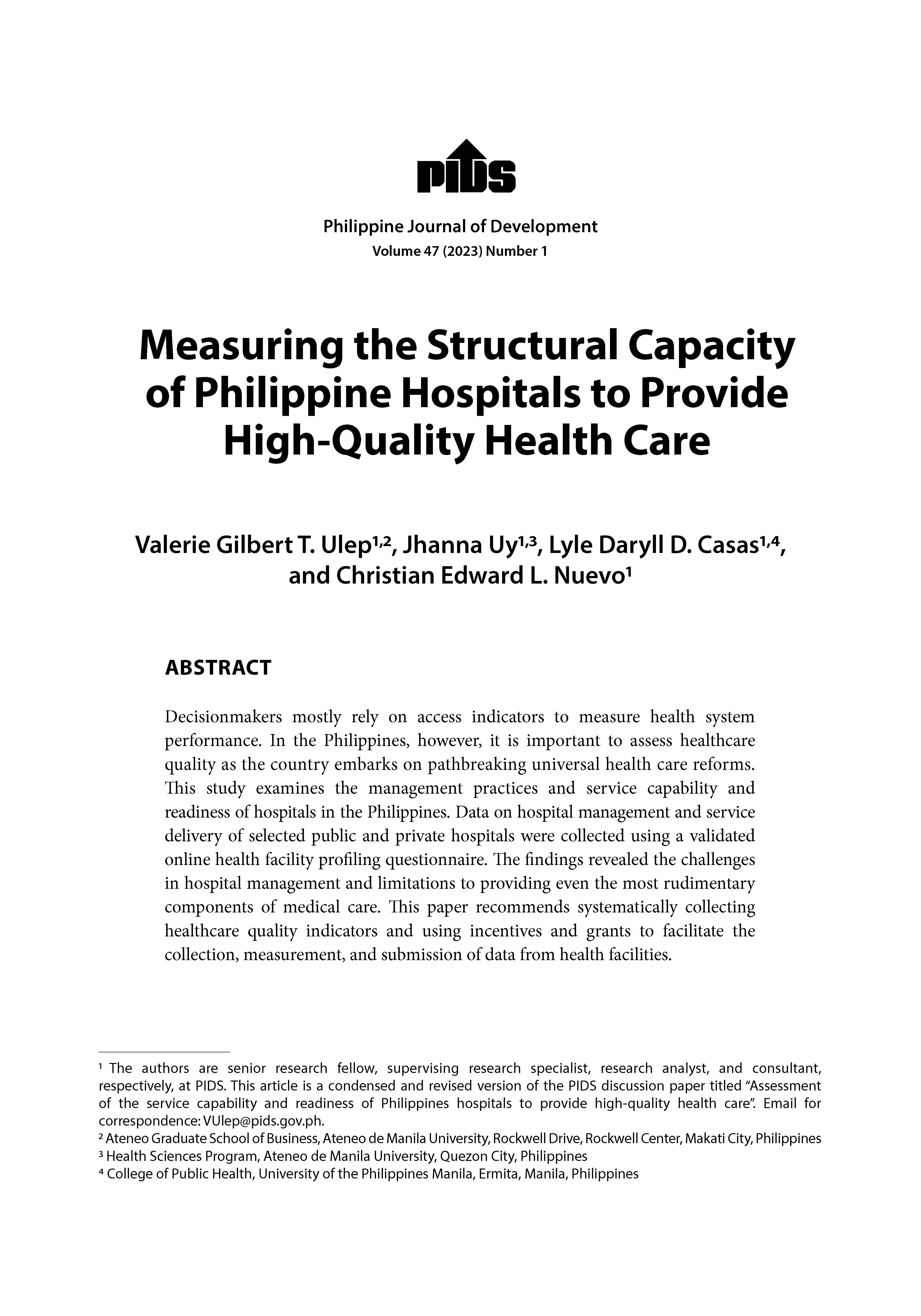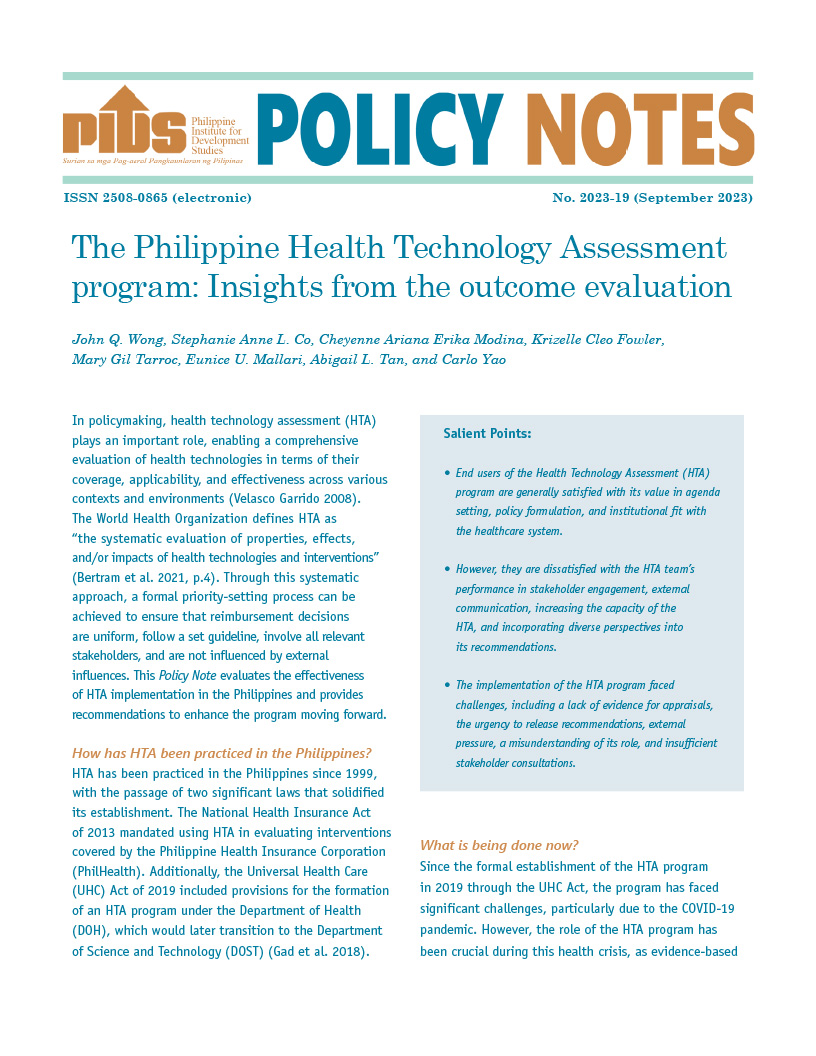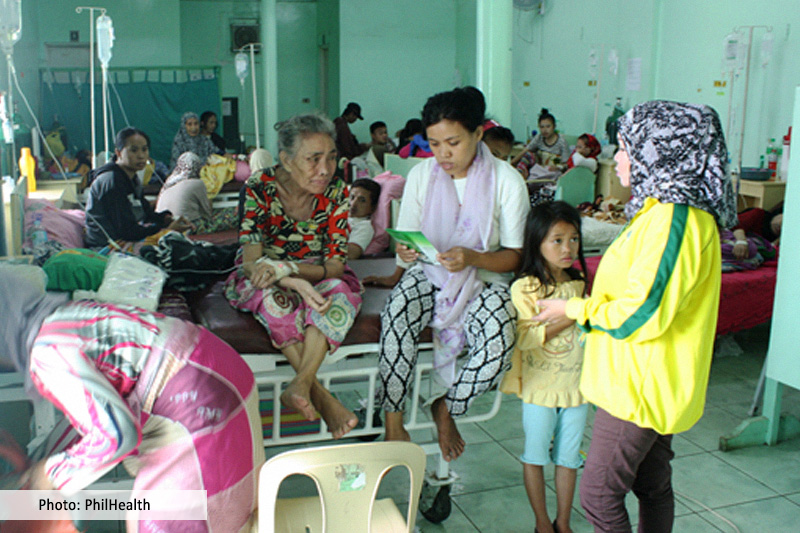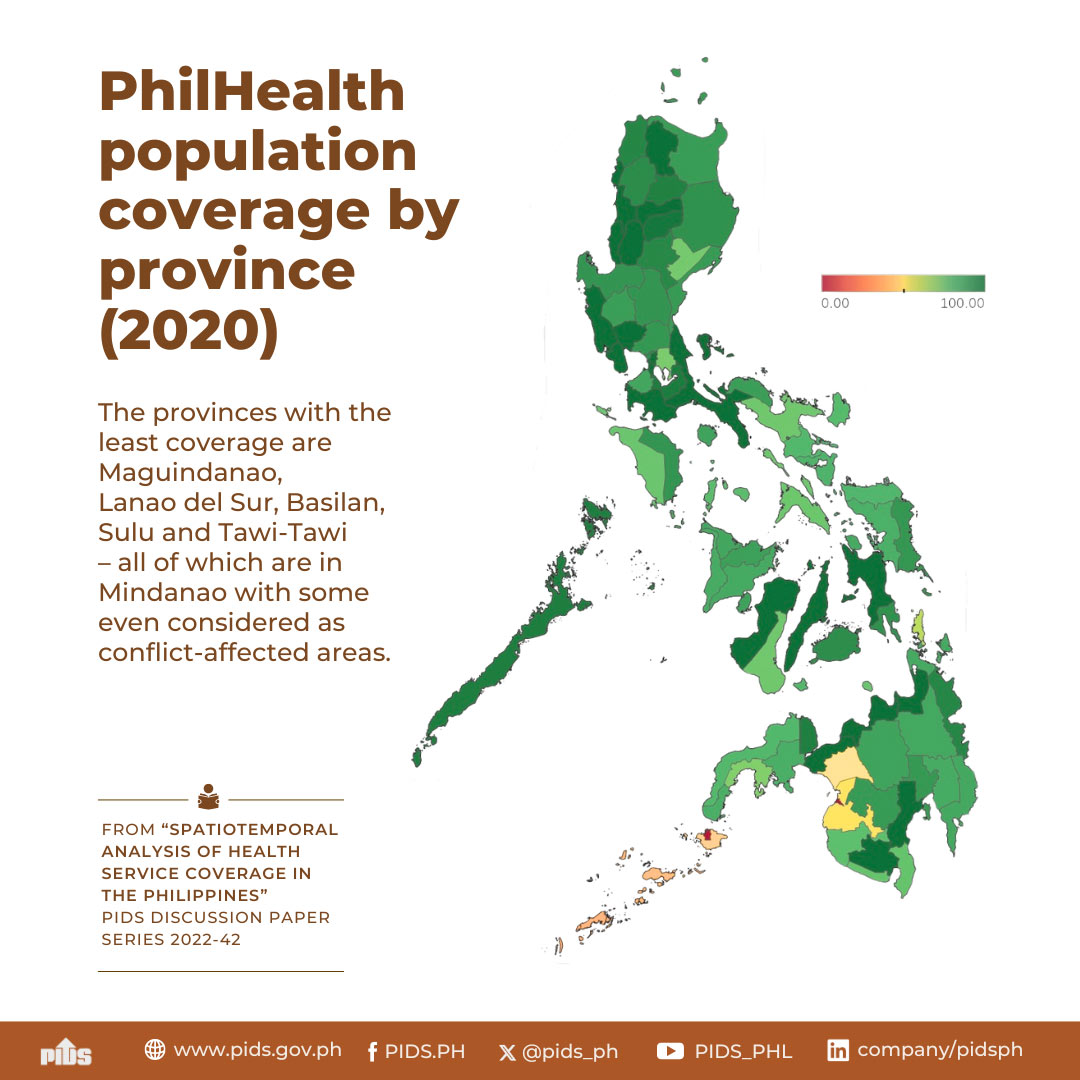In this paper, the authors conducted a spatiotemporal analysis of health service coverage trends and disparities from 2018 to 2021 using data from the Philippine Health Insurance Corporation (PhilHealth) on insurance claims, membership, and accredited facilities. The dataset was merged with auxiliary data from the Department of Health and the Philippine Statistics Authority. The study assessed PhilHealth’s performance using the Tanahashi framework for effective health service coverage, examining population coverage, service coverage, and financial risk protection. The results revealed clear disparities among subpopulations, with high membership coverage in urban areas like Laguna and Southern Leyte but low coverage in Mindanao provinces. Limited accredited facilities in provinces led to low health service accessibility. The higher admission rates in economically developed provinces suggest increased transmissibility of infectious diseases in densely populated areas. The prevalence of noncommunicable diseases, particularly in Mindanao, indicates nationwide pervasiveness across different socioeconomic conditions.













